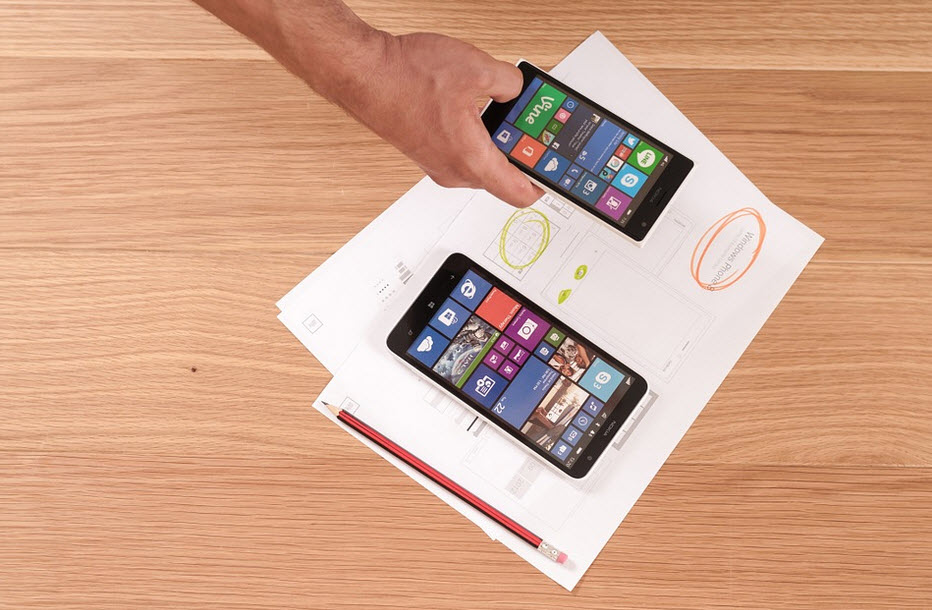
Good design is about an attractive idea realized in an effective and user-friendly way. This is a creative process that demands the usage of special techniques.
The so-called mind maps are the tool often used by the top UX agencies. In today’s post, we’ll look at how to improve your design using them. You are going to learn how to create mind maps and use them to create a good design. In the end, we will provide a template for creating a typical mind map that you can adjust to your needs.
What is a mind map?
A mind map is a scheme that you can use to convert ideas into images. Applying this method before creating a design will allow you to systematize the work, perform it more productively, and get rid of common mistakes.
It is a tree-like block, each of which departs from the other. In the end, all lines lead to one, the main word from which it all began. In the case of design, this is usually the name of the company for which the site is being created.
This method is not always effective. For example, if you plan to create a logo or typography, it is better to use other methods without implementing specific images. However, the top UX agencies designers with years of experience use it to work effectively in a wide range of situations.
How to create a map
To get started, write the name of the customer’s company in the middle of the paper. After that, write out everything that you have associated with the name. After specifying 5-10 words, start adding new ones that are associated with the already written ones. This process will continue in a circle until the map begins to resemble a tree formation. Here you will find an example of using a mind map in design.
In the first line, write down the most obvious and direct options. The farther, the more indirect associations should be. For example, graphics are divided into 3D, vector, and pixel. The word “game” will be divided into a computer, joystick, casino, excitement. The word strategy will be divided into thought processes, brain, logic, tactics, etc.
Tip: if you have run out of nouns, start using adjectives to describe the associations that come to mind. It is better to highlight them in a different color so that they stand out against the background of nouns.
Ask yourself a question about the name of the company: “What is it like”? Fast or slow? Serious or sweet? Consistent or chaotic? By answering these questions, you can at least form a corporate identity. Based on the image that you got, you will be able to choose colors, fonts, and other elements of the UX/UI that help to transmit this identity.
When you are finished with associations, think about what emotions they will arouse in the target audience — highlight semantic chains along which the user interface or information architecture of web design will be created.
If you don’t know where to start, start your search with adjectives. They will highlight the qualities inherent in your product. Look at the nouns associated with adjectives, and this will help you think about creating forms. For serious websites, more “presentable” rectangular buttons may work. For regular sites, more rounded elements.
Mind maps are great because they allow you to work out several options or just one. On average, designers propose 2-3 options for their clients to choose from. Too many of them can cause confusion and pause the whole process.
Tip: besides the obvious associations, you can go from the opposite. Direct associations can be replaced by indirect ones, but having the same connection with your project. This will add a twist to the design.
Mind map for UI: template
In addition to the overall study of corporate identity, you can also use maps to create information architecture. In the example below, you will see how you can use a map to work out a scheme for interacting with a user.
Mind Map Template
You can find the template of a mind map above. Now let us decipher it.
- The red circle in the middle will contain the name of your product or client.
- Yellow blocks are the key screens of the product.
- Green blocks are the key points, the main actions that the user must perform. For example, on the landing page, there will be a possibility to make a purchase.
- Purple and blue blocks are elements of scenarios and conditions. For example, if the user is registered, they will act according to scenario “A”, and if not registered, according to scenario B.
- Arrows show the interaction between the screens.
Summing up
By creating a mind map, you can determine the direction of the style and the general thought process. The result can be used to create web forms with a certain style and elaborate user screens to get a positive user experience.
You may also like:- Top Key Features of Snaptik You Need To Know
- The Importance Of Having Proper Hearing Aids
- Impact of Energy Efficiency on Solar Power Systems Calculations
- Maxim Krippa bought the first gold medal of the CS: GO team
- Why Your Business Needs Immutable Storage: An Explanation
- Comparing NFS and iSCSI: Key Differences Explained
- Search the Best Apparel Suppliers for Wholesale Clothes Suppliers
- Salon Equipment Spotlight: Hydrafacial Machines
- From Concept to Reality: Steps for Successfully Launching Your Restaurant
- Maximizing Efficiency with Proxies for Google Scraping








